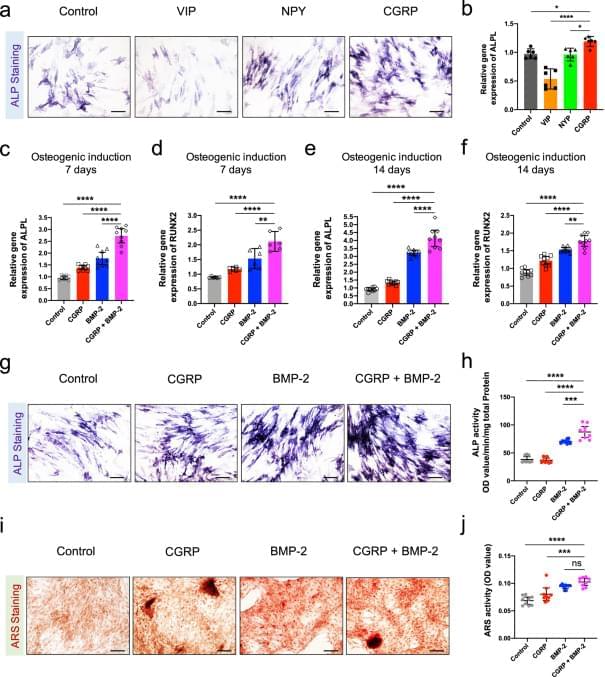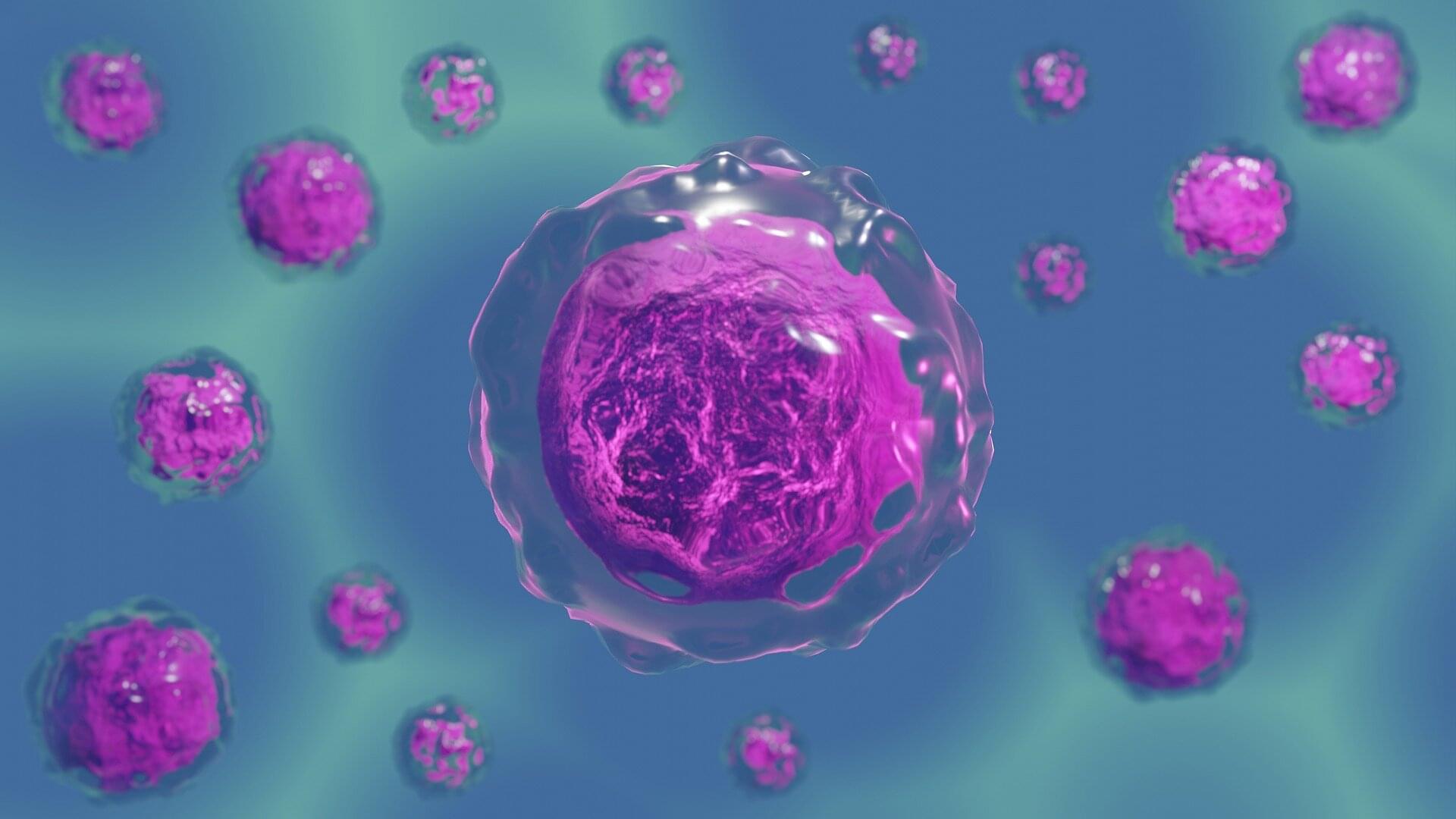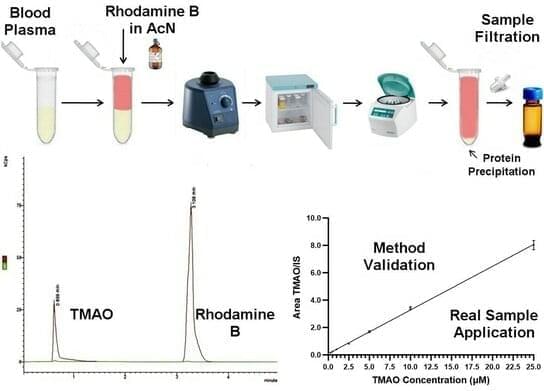Colossal Biosciences, the company that brought back the dire wolf, is embarking on a new project.



Water frozen in the darkness of space doesn’t appear to behave the way we thought.
A new research effort using computer simulations and experiments to explore the most common form water takes in the Universe has found that it is not as structureless as scientists had thought. Rather, repeating patterns – otherwise known as crystals – just a few nanometers across are likely embedded in an otherwise frozen jumble of molecules.
Since scientists had thought space too cold for ice crystals to have the energy to form, this discovery comes as a big surprise.

Critical-sized bone defects are a clinical challenge, with long-term recovery often leading to delayed union or nonunion. Here, Zhang et al. report an engineered ossification center-like organoid which recruits Krt8+ skeletal stem cells and reduces Has1+ fibrotic cells, mimicking developmental bone formation for regeneration of critical-sized bone defects.
How does America stack up with other civilized countries in it’s treatment of it’s workers… hint — it’s not pretty

Australian scientists have successfully developed a research system that uses ‘biological artificial intelligence’ to design and evolve molecules with new or improved functions directly in mammal cells. The researchers said this system provides a powerful new tool that will help scientists develop more specific and effective research tools or gene therapies.
Named PROTEUS (PROTein Evolution Using Selection) the system harnesses ‘directed evolution’, a lab technique that mimics the natural power of evolution. However, rather than taking years or decades, this method accelerates cycles of evolution and natural selection, allowing them to create molecules with new functions in weeks.
This could have a direct impact on finding new, more effective medicines. For example, this system can be applied to improve gene editing technology like CRISPR to improve its effectiveness.
The laser weapon can kill mosquitoes, and it also has a detection system which makes it safe for humans and pets.

A research team, led by Professor Jaejun Yoo from the Graduate School of Artificial Intelligence at UNIST has announced the development of an advanced artificial intelligence (AI) model, “BF-STVSR (Bidirectional Flow-based Spatio-Temporal Video Super-Resolution),” capable of simultaneously improving both video resolution and frame rate.
This research was led by first author Eunjin Kim, with Hyeonjin Kim serving as co-author. Their findings were presented at the Conference on Computer Vision and Pattern Recognition (CVPR 2025) held in Nashville June 11–15. The study is posted on the arXiv preprint server.
Resolution and frame rate are critical factors that determine video quality. Higher resolution results in sharper images with more detailed visuals, while increased frame rates ensure smoother motion without abrupt jumps.

Trimethylamine N-oxide (TMAO) is a gut microbial metabolite of dietary precursors, including choline and carnitine. Elevated levels of TMAO in human plasma have been associated with several diseases such as cardiovascular, diabetes mellitus, chronic kidney disease, neurological disorders, and cancer. This has led to an increased interest in the accurate determination of TMAO in human blood, for which a reliable, cost-effective and sensitive analytical method should be established. LC-MS/MS has emerged as a powerful tool for the determination of TMAO due to its high sensitivity, specificity, and ability to handle complex matrices. Herein, we describe the development and validation of an LC-MS/MS method for the determination of TMAO in human blood plasma.

